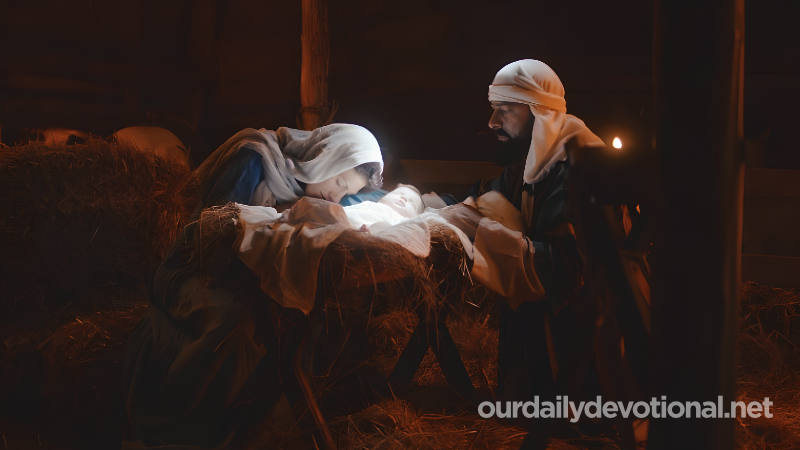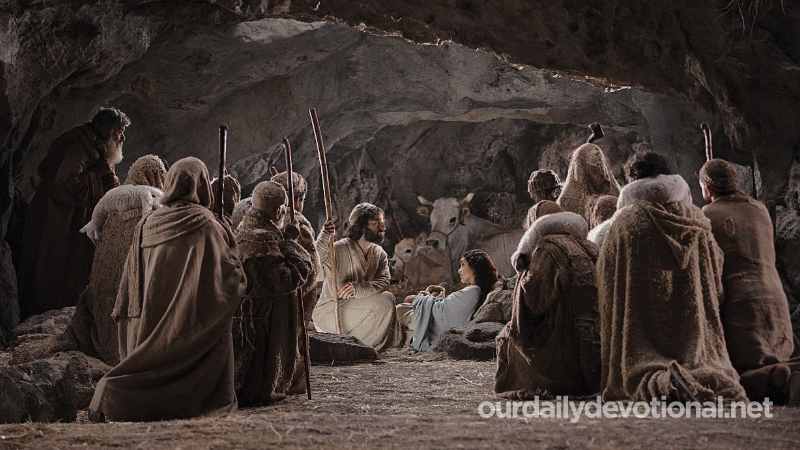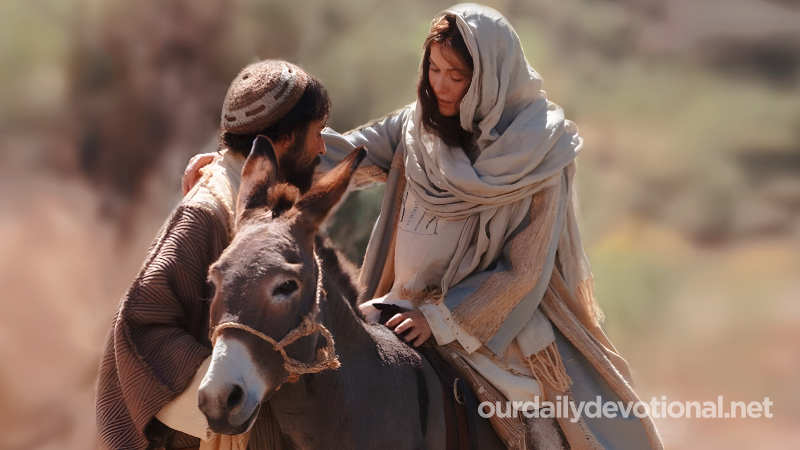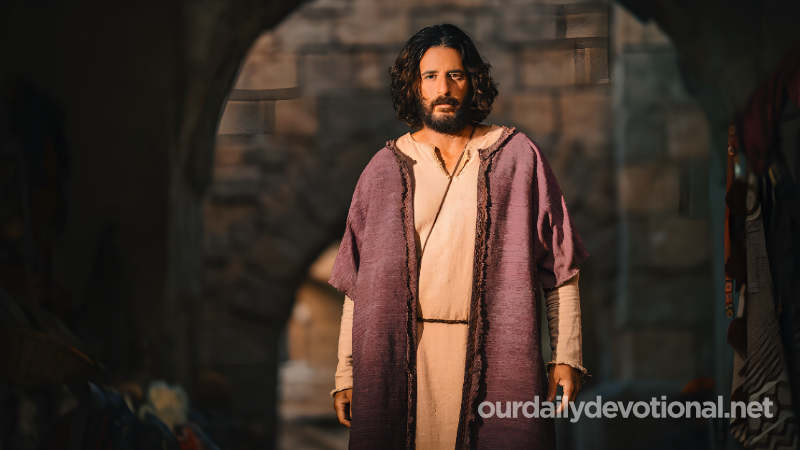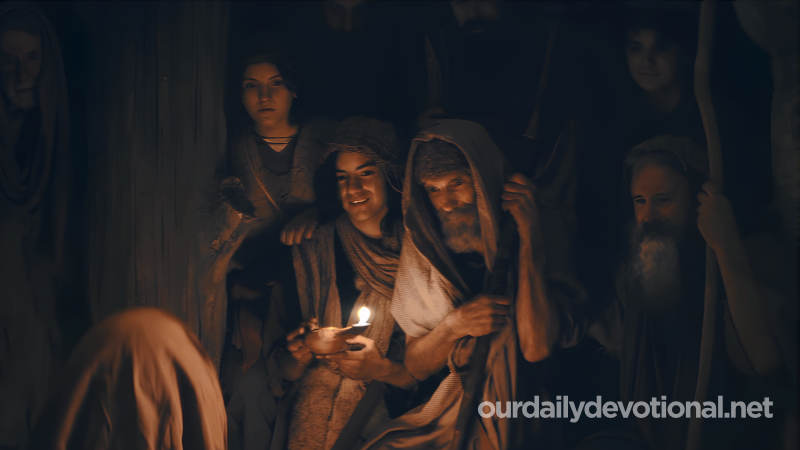"Vigilance tower". (a) Name of a stone mound north of the Jabbok. He was given the name Gilead (heap of testimony), to remember that God was the guarantor of the covenant made between Laban and Jacob (Gen. 31: 44-49). (See GELEAD.)
(b) City of Gilead, east of the Jordan (Judg. 10:17; 11:11). These are undoubtedly Mizpah of Gilead (Judg. 11:29) and Ramat-mizpah (height of Mizpah) (Josh. 13:26); also known by the names of Ramoth in Gilead (Deut. 4:43; 1 Kings 4:13), and Ramoth (2 Kings 8:28, 29).
Located on the borders of Gad (Jos. 13:26), assigned to the Levites (Jos. 21:38), it was declared a city of refuge (Deut. 4:43; Jos. 20:8). Jephthah resided there (Judges 11:34).
An overseer of one of the twelve districts established by Solomon also resided there (1 Kings 4:13). Israelites and Syrians disputed this city (1 Kings 22:3; 2 Kings 8:28). Judas Maccabeus took it and set it on fire (1 Maccabeus 5:35).
According to Eusebius, it was located about 15 Roman miles (see MILE) west of Philadelphia, on the Jabbok. (c) Place at the foot of Hermon (Josh. 11:3). The expression "country of Mizpah" is, probably, synonymous with the valley of Mizpah.
It is probably located about 13 km west-northwest of Banias, in Mutallah, at the southern end of Merj' Ayûm, a large and fertile plain, between the Hasbãny and the Lîtãny, but certain archaeologists believe that it must be found further south. this.
(d) People in or near the plain of Judah (Josh. 15:38). Eusebius places it north of Eleutheropolis (Beit Jibrîn) in the direction of Jerusalem. Nowadays it is proposed either Khirbet Sãfiyeh, more than 3 km northeast of Beit Jibrin, or Sufiyeh, about 9 km north of Beit Jibrin.
(e) City of Benjamin very well known for the fact that the tribes were gathered there in the time of the Judges (Judg. 20:1-3; 21:1, 5, 8; 1 Sam. 7:5 17; 10:17). It was not far from Ramah (Josh. 18:25, 26; 1 Kings 15:22) and was near Jerusalem (1 Mac. 3:46).
King Asa fortified it against the northern tribes (1 Kings 15:22; 2 Chron. 16:6). After the destruction of Jerusalem, the Jewish governor Gedaliah, appointed by the Babylonians, settled in Mizpah (2 Kings 25:23-25; Jer. 40:6-16; 41:1-16).
It was repopulated by those who returned from the Babylonian captivity (Neh. 3:7, 15, 19). Robinson places it in Neby Samwîl, more than 7 km northwest of Jerusalem, but today it is better identified with Tell en-Nasbeh, 13 km north of Jerusalem.
(f) Location of Moab (1 Sam. 22:3); possibly Rujm el-Meshrefet, west-southwest of Mãdãbã.
Meaning of MIZPAH
"Vigilance tower". (a) Name of a stone mound north of the Jabbok. He was given the name Gilead (heap of testimony), to remember that God was the guarantor of the covenant made between Laban and Jacob (Gen. 31: 44-49).


